Financial Planning After 65-Gray Divorce
Helping Clients Navigate the Impact of Gray Divorce

Gray divorce often occurs just as individuals are transitioning to or are already in retirement—when income is typically fixed, assets are intended to last a lifetime, and there's little time to rebuild wealth. Unlike younger couples, older adults can’t rely on decades of future earnings to recover. That makes proactive, strategic financial guidance all the more vital.
Let’s consider a real-world scenario that illustrates how thoughtful planning can protect both parties.
Client Case Study: Using a Reverse for Purchase to Equalize Assets
Client Profile & Situation:
A couple in their late 60s decided to pursue an amicable divorce. Their financial picture included:
- Primary residence value: $1.7M
- Existing mortgage: $500K
- Net home equity: $1.2M
- Joint investment assets: $1.5M
Both individuals wanted to downsize and relocate to a more manageable home. Before the divorce, they had explored purchasing a 1,200 sq. ft. two-bedroom townhome in a community where the HOA covers exterior maintenance, including roofing, painting, and common areas. Homeowners are responsible only for the interior.
Action Taken:
The couple sold their existing home and each walked away with approximately
$550K in proceeds. They decided to purchase separate townhomes in the same community (but not on the same street) and used a
Reverse Mortgage for Purchase (H4P) to finance their new homes.
Purchase Details (Each Individual):
- Home Price: $900,000
- Down Payment: $450,000
- Monthly Mortgage Payment: $0
- Ongoing Obligations: Property taxes, homeowner’s insurance, HOA dues, and maintaining the home to FHA standards.
- Loan Type: Non-recourse reverse mortgage
- Interest Rate: 6.3% (accrued to loan balance)
- Refinancing: Option available
Outcome:
- Both individuals secured long-term housing with no monthly mortgage payments.
- The remaining investment assets were divided fairly, preserving retirement accounts.
- Each person gained independence, financial stability, and housing security without incurring new debt.
The Financial Fallout of Divorce After 65
Divorce is no longer just a midlife event. Increasingly, it’s affecting older Americans—and creating new financial challenges for their advisors. According to national data, more than one in four people divorcing today are 65 or older. Baby Boomers, who were part of the first wave of widespread divorce in the 1970s, are now experiencing what experts call the “gray divorce” revolution. Many are in second or third marriages—relationships statistically 2.5 times more likely to end in divorce after age 50.
For financial planners, this trend presents a crucial opportunity to support clients during a complex life transition that can drastically reshape their retirement strategy.
Turning a Crisis into an Opportunity
Divorce is emotionally and financially disruptive—especially later in life. But with your guidance, clients can transition to this new chapter with dignity, stability, and confidence. Whether it's using home equity to remain housed, protecting retirement income, or updating their estate plan, your holistic support is key to helping them rebuild and protect their financial future.
Could This Strategy Benefit Your Clients? Let’s Find Out!
Do any of your clients fit this scenario? Retirement in Reverse would be happy to provide a customized, hypothetical scenario to help you assess if this strategy could be a valuable solution. Let’s explore how we can make it work for your clients!
Retirement In Reverse offers Objective, Competent Advice to help you make informative decisions for your clients.
Furthermore, we have No Conflict of Interest, as we do not sell Financial Product, nor enter into financial planning engagements. We share your commitment to your clients’ financial stability and quality of life.



